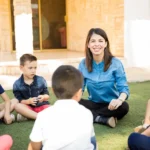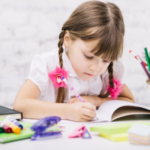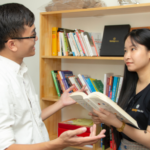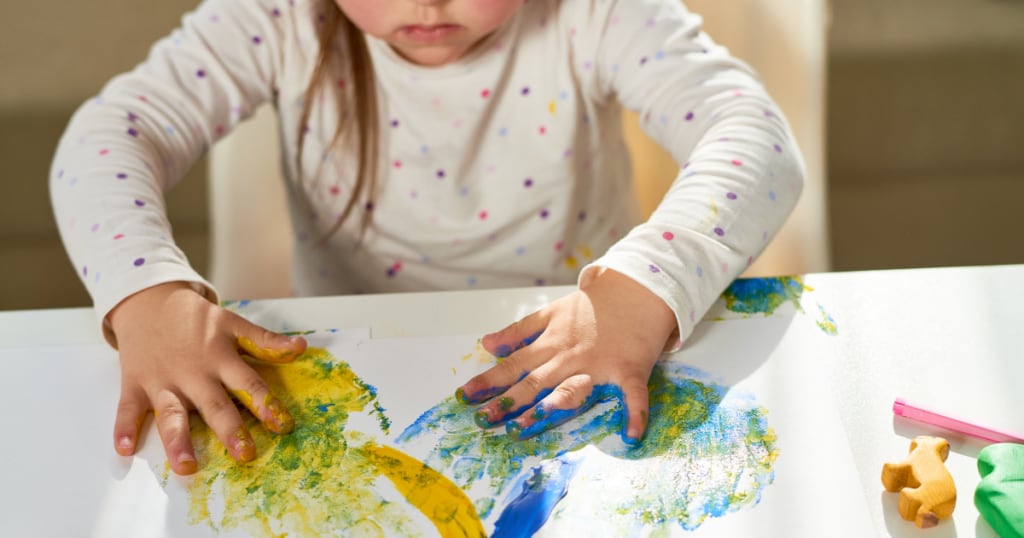The renowned 19th Century Spanish artist, Pablo Picasso said, “Every child is an artist; the problem is staying an artist when you grow up”. Artistic expression and creativity are some of the unifying experiences of humanity; for as long as there have been people, there have been art and innovation. Without everyday creativity and invention, the world simply would not be as it is today. The Cambridge Dictionary defines creativity as,
“The ability to produce original and unusual ideas, or to make something new or imaginative”. Celume et al. (2019) expand on this notion stating, “Creativity can be identified in terms of creative thinking through the evaluation of divergent thinking and creative problem-solving abilities”. This can simply be paraphrased by saying that creativity allows us to identify a problem and then brainstorm for the solutions to this problem. The benefits of creative thinking and the skills these processes require, go beyond those naturally gifted with a paintbrush. And yet, time and activities that students need to develop and foster these skills can often be ignored or even diminish as students mature. Maintaining this creativity is fundamental for the continued development of young minds. Creativity is beneficial to students for several reasons, it can help them to find an emotional outlet and develop empathy, problem-solving, allow young people to master language, communication, and interpersonal skills, help students develop self-confidence and self-esteem, and master presentation and public speaking skills. The list of benefits of fostering this instinct and the life skills that creativity harbors are endless (Celume et al, 2019; Paes, [n, d]; Mehta et al., 2020). We will discuss some creative activities for kids that we can do, as educators and parents with kindergarten/pre-schoolers, primary-school children as well as secondary-school age students to help them develop and practice their creative skills.
Arts and Crafts

For kindergarten and pre-school children, almost anything can become a new paintbrush, sparking creativity at home. Some creative ideas for kids may be using straws to blow paint around the page while you teach them about shapes and patterns, or food items like pasta and potatoes to create stamps or add texture to their pictures. These are cheap and not too messy additions to their normal paint pots. Simply cut some shapes (stars, hearts, smiley faces) into an uncooked potato and allow your students or children to decorate their pictures. You might want to use different types of pasta to add texture to the hair or nature of their pictures. They can even use things that they find outside like leaves to create little stamps and beautiful qualities to their art pieces. For this age group, much of the creativity is about creating a nice space.
For older students, you could combine a research project with an art project. Students could find out about their favorite artist and reimagine their town or city if it were painted by that artist. You could then ask them to paint or draw what they imagine the buildings in their town would look like. For example, if they choose Salvatore Dali, they might envisage melted buildings and rivers or if they choose Picasso everything might be blue.
Older primary school and secondary school children could also use this creativity to be friendly to the environment by choosing to upcycle or repurpose old clothing or household objects. Old socks might become new puppets, old t-shirts or dresses, bags or dolls clothes, bottles, space rockets, or plant pots. You could even create a competition of how students may best recycle some of the plastic or paper that their school or homes produce, thereby asking students to put their creative thinking skills to the test. Many ideas are available on social media like Instagram, YouTube, or Pinterest and perhaps your student may have their own innovative ideas to add to these.
Acting and Performance Art
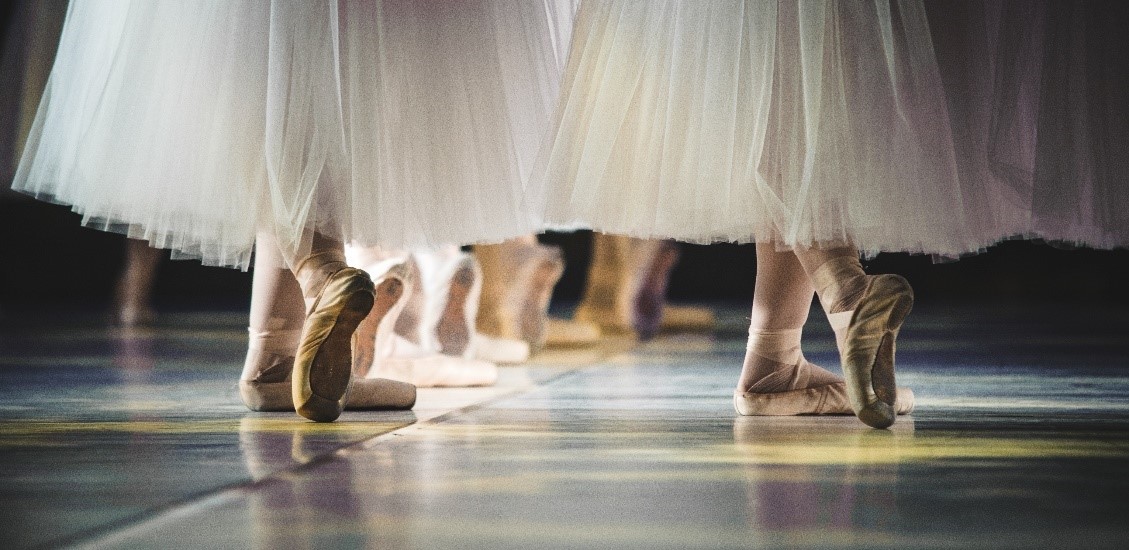
Some students and young people are naturally inclined to pursue or seek performance arts, for others it may be more of a difficult transition. To make activities rewarding for all different personality types, it is often necessary to make sure that the students feel safe and that there are also structures and outcomes. Some easy activities might include taking a well-known story such as Romeo and Juliette or perhaps a local legend and asking the students to act a small part if one thing had been different. In the example of Romeo and Juliette, you might ask them to create a scene if Romeo and Juliette had run away together, how their lives might have been different. By using a smaller scene instead of an entire play, even shier students may feel more comfortable. For more confident students you could ask students to create a play or a dance piece. For other students, you could use role-play. Creative games for kids such as Taboo, Imitation, or role-playing games can be easily adapted to many classes and allow students to use creative language and their imaginations to describe something.
In the game Taboo, students have a word that they must describe but they cannot say certain words that will let the other students easily guess this word, so they must use their imaginations and creative thinking to describe the word that their team needs to guess. This is a highly adaptable game with very limited preparation. It will suit a range of different personality types.
Play and Pretend-Play
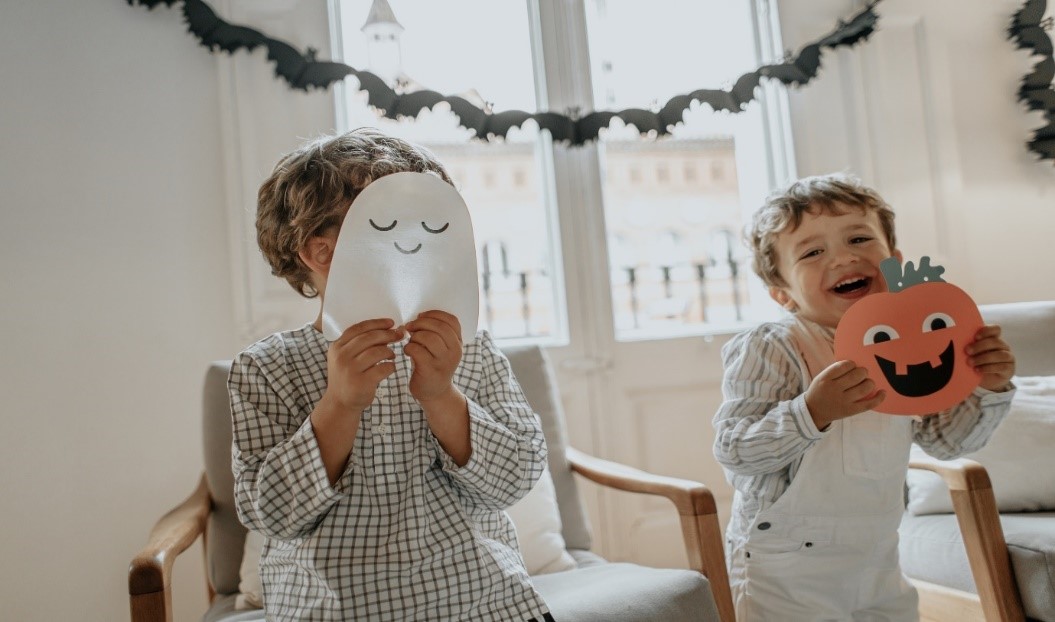
Young children often feel very comfortable with pretend play, and this is an area where children can test boundaries, develop empathy, socials skills, collaborate and learn to have tolerance of the unknown (Paes (n.d); Celume et al., 2019; Mehta et al., 2020). Lillard et al., (2013) describe pretending play as “an activity that involves an individual projecting a mental representation onto reality” (cited in Paes). This is a type of play that is often very natural for young children and both educators and parents can encourage these activities. Mehta et al. (2020) state, for pretend play to be truly beneficial children “need to be guided and framed into constructive explorations through collaborating, tinkering, playing, and problem-solving.” Parents and educators can help provide structure, aid social interactions, or physical props. Adults can also ask children to narrate the story by assigning them characters or roles or asking them to re-enact well-known stories; by acting out these stories, children’s creativity skills can develop (Moore & Russ, 2008, cited by Paes). This is one of the most adaptable and flexible forms of creative play which usually just includes time and patience.
Storytelling and Writing
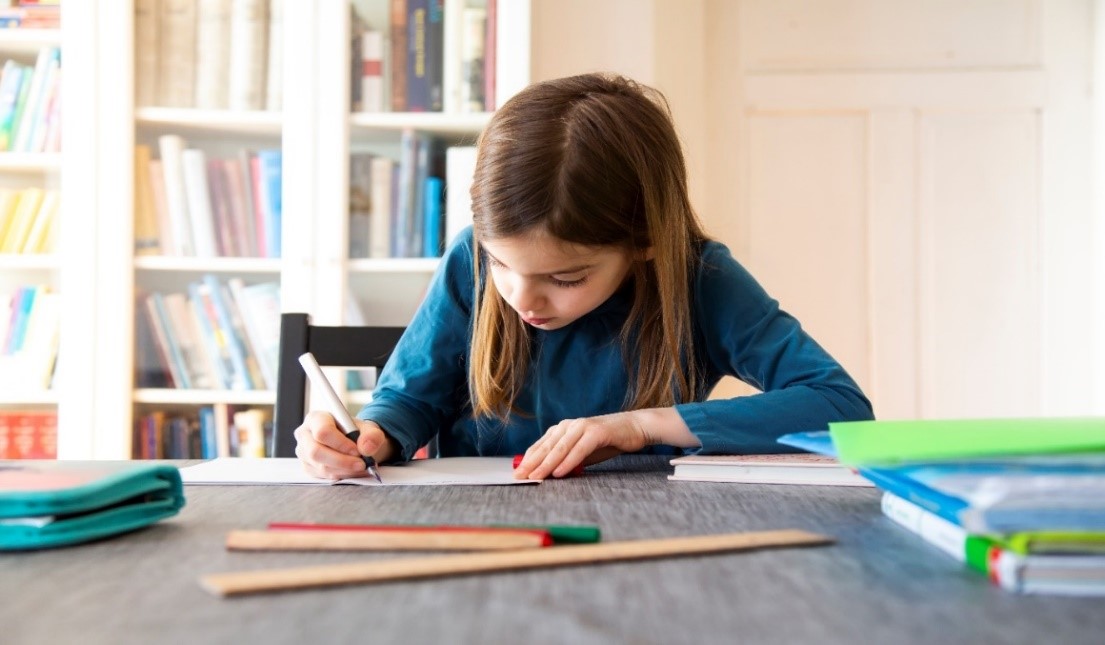
Creative thinking skills for both younger and older students can be encouraged through using different types of writing and storytelling games. These are a few activities that both educators and parents can use with limited preparation both at home and in the classroom. For many of these activities, paper and pen or pencil are enough.
Group Stories
For younger students you could choose 3 different categories, location, event, and characters, and ask them to write a story using each of these. Cut these and place them into 3 bags, one for each category (see the examples below).
| Location | Event | Characters |
| An old, haunted house | The car breaks down | A group of young friends |
| An amusement park | A murder | 3 best friends |
| A boat | A storm | A man and his dog |
Put the students into small groups and ask them to take one piece of paper from each bag. Once they have all their pieces of paper, they should brainstorm the story and then start their creative writing project. When they have finished ask them to present in groups. For older students, there are online story generators that can be helpful. In both cases, either creating the categories yourself or using a story generator, there is not a lot of preparation. With these activities, students’ thinking, writing, and confidence will grow.
Chain stories
For this activity, each child will need a piece of paper. Simply start a story by writing an intriguing opening line, then have students write up to three words or complete the sentence within an allotted time. You can allow 30 seconds for three words or one minute for a sentence. Once they read that sentence, they must write one new sentence and pass the paper to the next student. Repeat the process as long as you desire. At the end of the paper, the class or group will have created a chain story with some usually funny or scary consequences.
| It was a dark and stormy night…… |
| The wind howled through the trees… |
| Nobody moved in the house…. |
| Until they heard….. |
“How would you see the world if” stories
“What if stories” or “how would I see the world if” are stories that encourage students to use their imaginations by assuming that they were born in another country, period, or even another body. They might have to imagine how their life would be had they been born a hundred years ago or if they were an animal. Stories like these rely on the students using creative descriptive language as well as empathy and understanding and can create some interesting and fun pieces of work.
Poems
Poems just like stories can require limited preparation and help students grow in confidence as well as help to develop their linguistics abilities. You could choose a theme such as Mother’s Day, a traditional or religious festival, and pre-empt some vocabulary. As a group, you could then look for rhyming words to accompany the thematic words that you may need for these poems.
For younger kids, you could encourage them to create an acrostic poem with a word or a sentence to describe themselves just like Assistant Tabi’s example below.

Alternatively, with younger learners, you could ask them to discuss emotions and feelings. This is a creative activity that can help them to use imaginative and descriptive language.
Conclusion
It can be seen that for future generations the importance of harnessing and mastering these creative skills at a young age cannot be underestimated. Here, we’ve discussed some easily adaptable ideas for exploring and encouraging creativity in the classroom and at home. Can you think of any others?
Shelley is an Administrative Facilitator at Shiminly.


